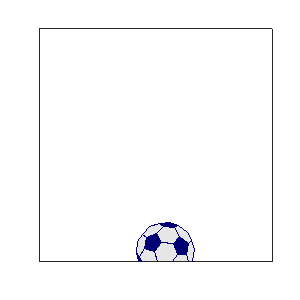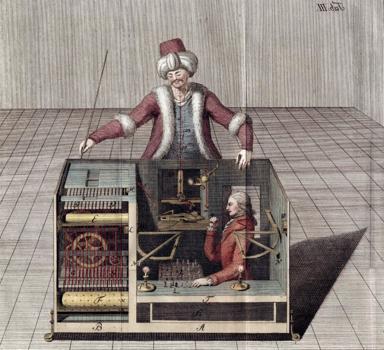
The Closest Pair of Points problem is a standard topic in an algorithms course today, but when I taught such a course fifty years ago, the algorithm was not yet known.... 更多内容 >>

The Closest Pair of Points problem is a standard topic in an algorithms course today, but when I taught such a course fifty years ago, the algorithm was not yet known.... 更多内容 >>

I have just returned from the MathWorks company meeting celebrating our 40th Anniversary. In one of the presentations, Jos Martin described how Parallel MATLAB was introduced almost twenty years ago. Here are a few slides from Jos's talk.... 更多内容 >>

Nick Higham passed away last Saturday. Nick was a close friend of mine and a great friend of MATLAB. I will leave it to others to describe his research and teaching, his many honors, and his service to our community, especially SIAM. I have just a few, more personal, comments.... 更多内容 >>

This is post number 300 of Cleve's Corner blog. The first post was on June 6, 2012, which is 600 weeks ago. So, I have averaged one post every two weeks for over a decade. The posts were more frequent in the early days and are less frequent today.... 更多内容 >>

The 2023 MATLAB Central Flipbook Mini Hack contest runs from November 6 until December 3. Over 200 entries have been submitted in the first two weeks.... 更多内容 >>

I have spent much of my career working to bring abstract linear algebra and practical matrix computation closer together. This project is my latest effort.... 更多内容 >>

(I have a guest blogger today. Ron Jones worked with me in 1985 for his Ph. D. from the University of New Mexico. He retired recently after nearly 40 years at Sandia National Labs in Albuquerque and now has a chance to return to the problem he studied in his thesis. -- CBM)... 更多内容 >>

I have just returned from a one-day workshop at U. C. Santa Barbara honoring John Gilbert on his 70th birthday and his official retirement after 20 years on the UCSB faculty.... 更多内容 >>

While it is still fresh in my mind, I want to describe the conversation I had with a publicly available version of ChatGPT, the much-discussed large language model, LLM, for conversational artificial intelligence.... 更多内容 >>